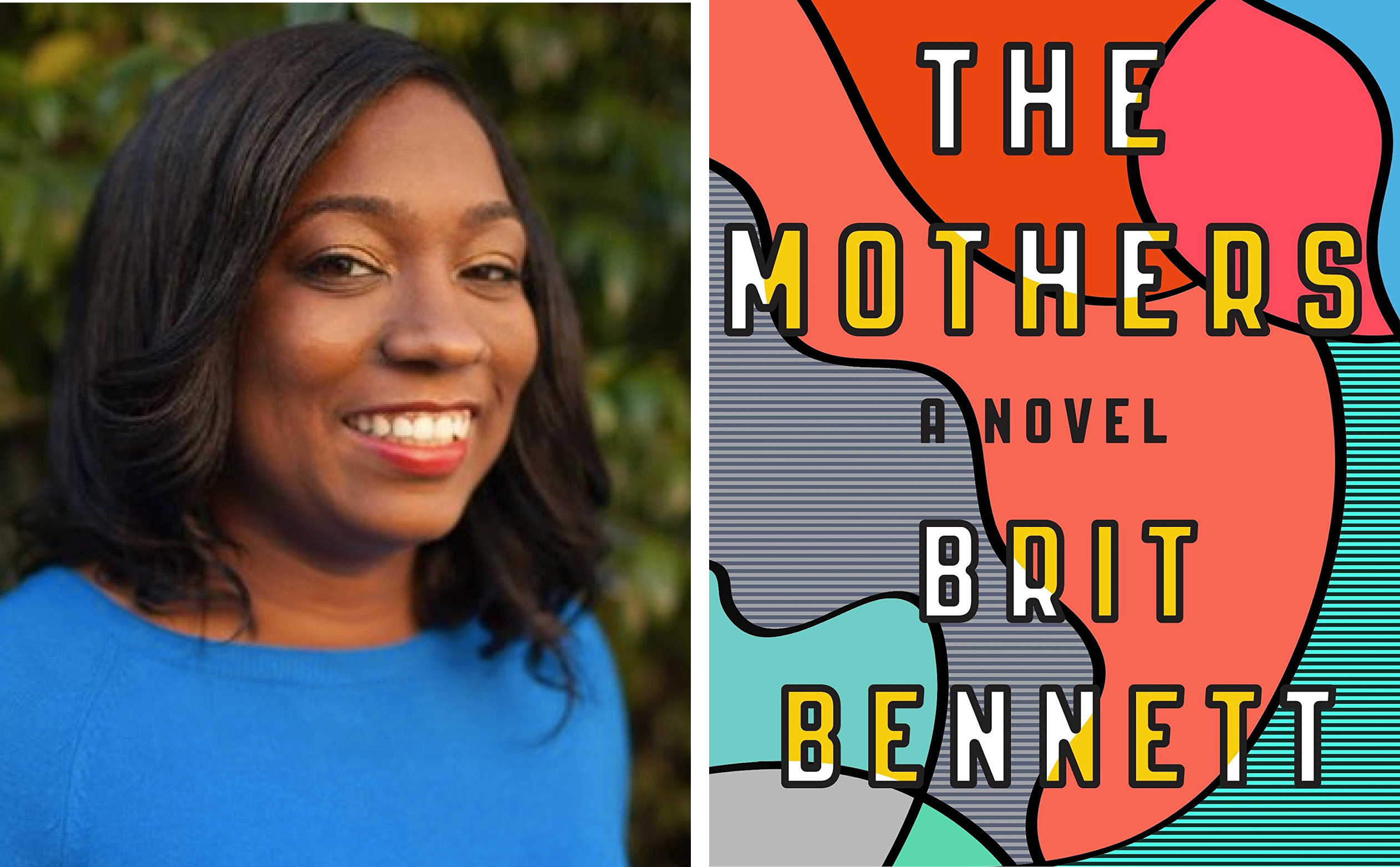

She didn’t get to process her mother’s death and she has thrown into the mix the death, at her hand, of the baby she cannot stop thinking about. Despite her apparent success, Nadia is bitterly unhappy. Her online life, though, is not what it seems. She creates the online facade of a successful, happy life, while Luke’s own life - after an injury that derails his football career - never takes off. She finds, almost immediately, a kind boyfriend of whom Luke is bitterly jealous when he stalks her Facebook photographs. Her grades remain excellent and she flies the nest to a good college and the sort of big, expansive life a good college education will bring.

Nadia leaves their small community soon after. This theme endures, in big ways and small ones, throughout the whole book. Both of them focus almost obsessively on the baby that never was, and by extension, they remain fixated on each other.

The termination, and the means by which he manages to pay for it, form a secret that throbs at the heart of the whole of the rest of the story.īecause although the immediate problem - the pregnancy - has been solved and ended, removed from both of their lives, neither Nadia nor Luke is able to move on from it as smoothly as they had expected. I chose to keep my baby, whereas Nadia elects to ask Luke for the money for an abortion. Like Nadia, I had a very religious upbringing too, one that made me focus on the pregnancy as a baby from the moment I learned about it.īut I made the opposite decision to the one that Nadia makes. I was a seventeen-year-old teenager myself, back in the late 1990s, so from the moment that this plot strand was introduced my heart was in my mouth and the book took on a personal focus for me. Things take a serious turn, though, when Nadia learns that she is pregnant with Luke’s baby. Luke and Nadia hook up in a lighthearted way after she, aimless in the wake of her mother’s death, begins to spend more and more time in the diner where he works. Luke is a football star whose father is the pastor at their church. Nadia is a straight-A student who has recently lost her mother to suicide. The other characters are just a supporting cast. The story, set in a Black community in Southern California, is at its core the story of two teenagers, Nadia and Luke.

For me, what gripped me from the moment I opened the book was its central narrative. It was a storytelling trope that neither enhanced nor detracted from the book as a whole. “The Mothers”, the gossipy Greek chorus of church community matriarchs who narrate and drive this novel by Brit Bennett (who later wrote the New York Times bestseller The Vanishing Half), ironically turned out to be the least important, the least necessary, facet of the whole story for me.


 0 kommentar(er)
0 kommentar(er)
